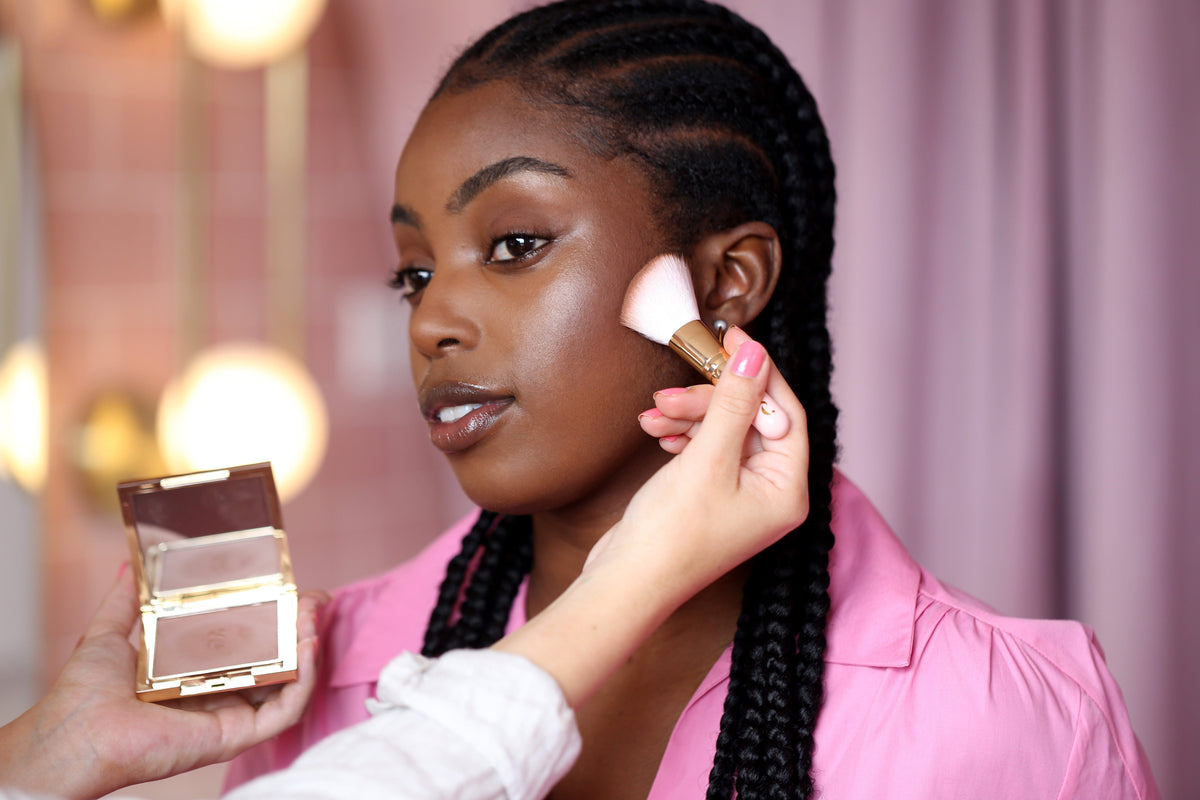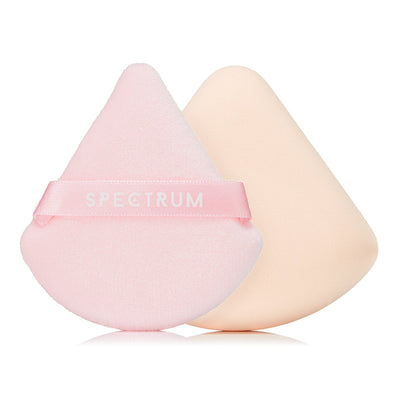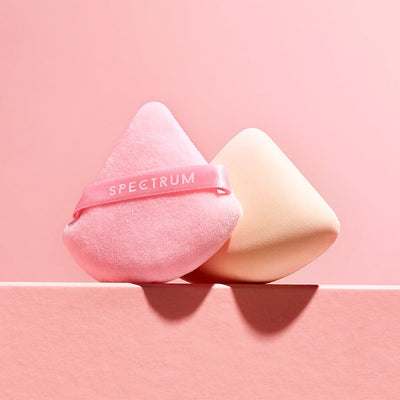How To Contour Makeup

Contouring is a makeup technique that can enhance the natural features of your face by creating shadows and highlighting areas. It is a well established technique that has been used by makeup artists for many years to emphasize or downplay certain features. For example, some makeup artists use it to create the illusion of higher cheekbones or a more defined jawline. With the right makeup brushes, tools and techniques, anyone can learn how to contour their face to achieve a flawless, sculpted look.
Here, we’ll discuss the basics of contouring and provide a step-by-step guide on how to contour your face.
What is contouring?
Contouring is a makeup technique that involves using a dark shade of makeup to create the illusion of shadows and depth on certain areas of your face. It is usually done on the cheeks, nose, forehead, and jawline. The goal is to create a more sculpted and defined look. Contouring is often used in conjunction with highlighting, which involves using a light shade of makeup to enhance areas that naturally catch the light.
How to contour your face:
Prep your skin
Before you begin contouring, it is important to prep your skin properly. Start by washing your face and applying your usual skincare routine. Then, apply a primer to create a smooth base for your makeup. This will help your contouring products to glide on easily and stay in place all day.
Choose the right shade of contour
Choosing the right shade of contour is crucial to achieving a natural-looking result. You want to choose a shade that is one or two shades darker than your natural skin tone. This will help create the illusion of shadows and depth without looking too harsh or unnatural.
Choose the right tools
There are several tools you can use to contour your face, including brushes, sponges, and even your fingers. The key is to choose a tool that you are comfortable using and that will help you achieve the look you want. A small, fluffy brush is great for creating a natural-looking contour, while a makeup sponge can help blend the product seamlessly into your skin. If you’re going to be contouring and sculpting, there are specialist sculpting brushes and sculpting brush sets you can use.
Apply your contour
Start by applying your contour to the areas you want to create shadows. This is typically the hollows of your cheeks, the sides of your nose, and along your jawline. Use a light hand and build up the product gradually, blending with a blending brush as you go. You want to create a natural-looking shadow, not a harsh line.
Blend, blend, blend
Blending is key to achieving a natural-looking contour. How to blend contouring makeup? Use a clean brush or sponge to blend the product seamlessly into your skin. You want to avoid any harsh lines or patches of darker color.
Every makeup artist has their own approach to blending so feel free to experiment and play around. A good place to start is to try big circular motions as this will make sure you avoid harsh edges. Another good tip is to blend in natural light as this will help you see areas that you need to touch up.
Highlight
Once you have applied your contour, it's time to highlight. Choose a light shade of makeup and apply it to the areas of your face that naturally catch the light. This is typically the tops of your cheekbones, the bridge of your nose, and your cupid's bow. Use a small brush or your finger to apply the product, and blend it into your skin.
Set your makeup
To ensure your contouring stays in place all day, it's important to set your makeup with a powder. Choose a translucent powder and apply it lightly over your entire face, paying extra attention to the areas you contoured. This will help lock in your makeup and prevent any smudging or smearing.
Contouring can be a game-changer when it comes to your makeup routine. With a little practice and the right makeup tools, you can learn how to contour your face to achieve a flawless, sculpted look. Remember to choose the right shade of contour, use a light hand, and blend, blend, blend to achieve a natural-looking result.






